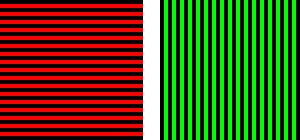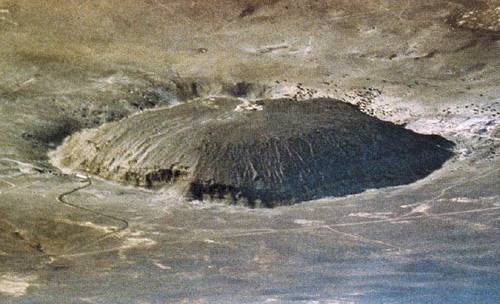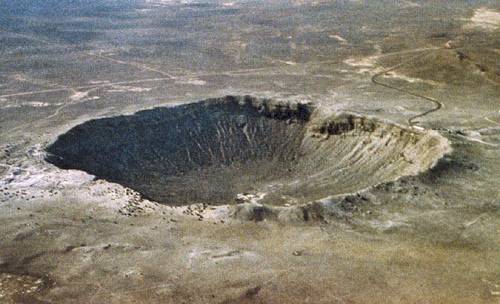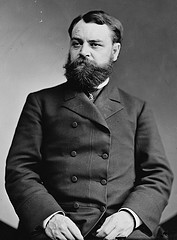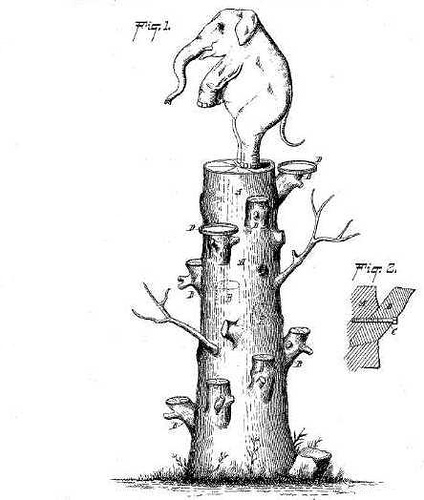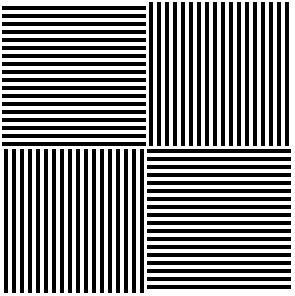
There’s no color in this image, right? Now scroll down and stare at the colored boxes below. There’s no need to focus on any particular spot, just look at the boxes for a few minutes. Then look at the first image again. The horizontal gratings will look greenish and the vertical gratings pink.
That’s not especially impressive, but come back tomorrow and the effect will still obtain. It’s not a simple afterimage. Print out the grid and carry it around with you. Rotate it 45 and 90 degrees and see what happens. If you invest 10 minutes in looking at the colored boxes, the aftereffect can last up to 24 hours.
No one’s sure what’s behind this phenomenon; its discoverer, Celeste McCollough, thinks the induction temporarily modifies the cells in the visual cortex that respond to color and orientation.
